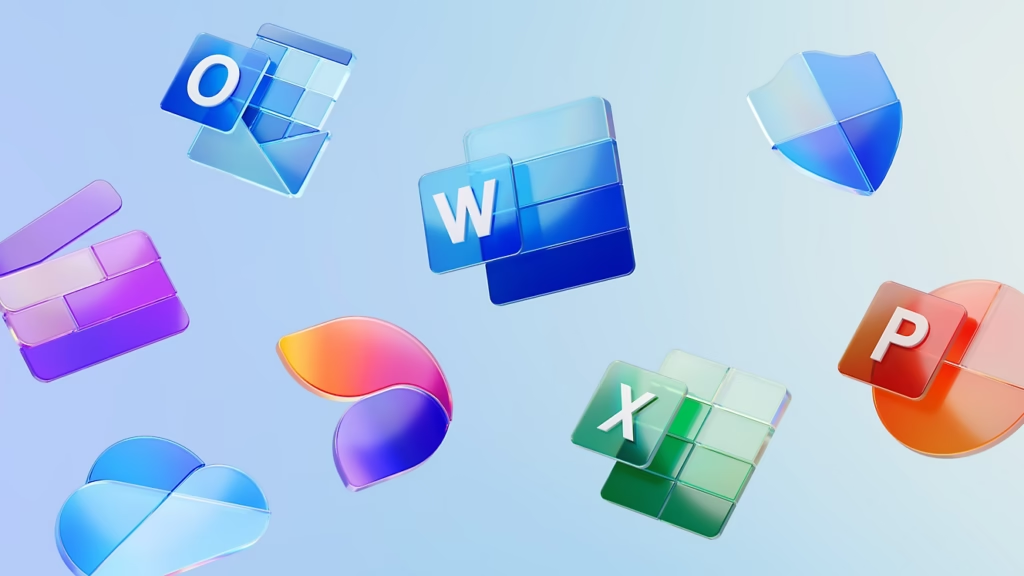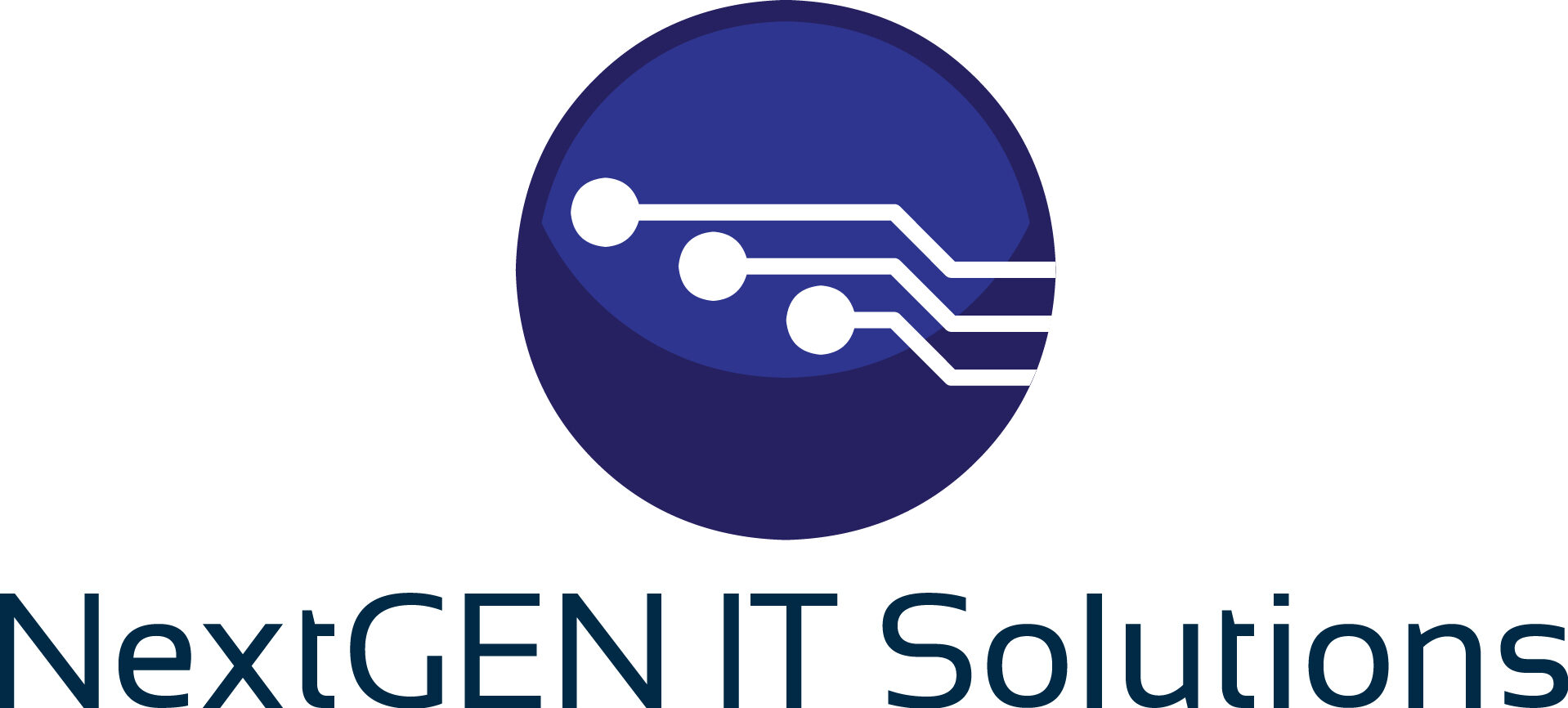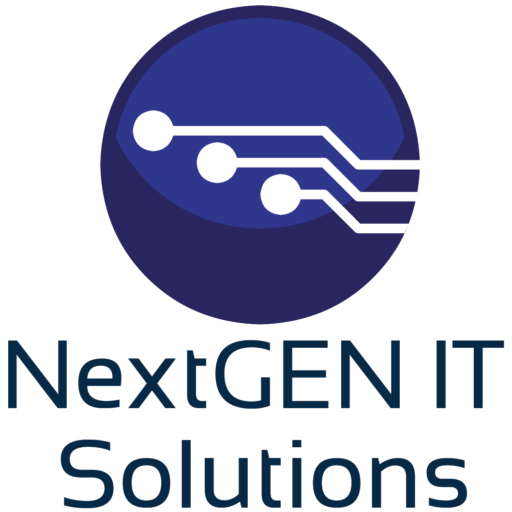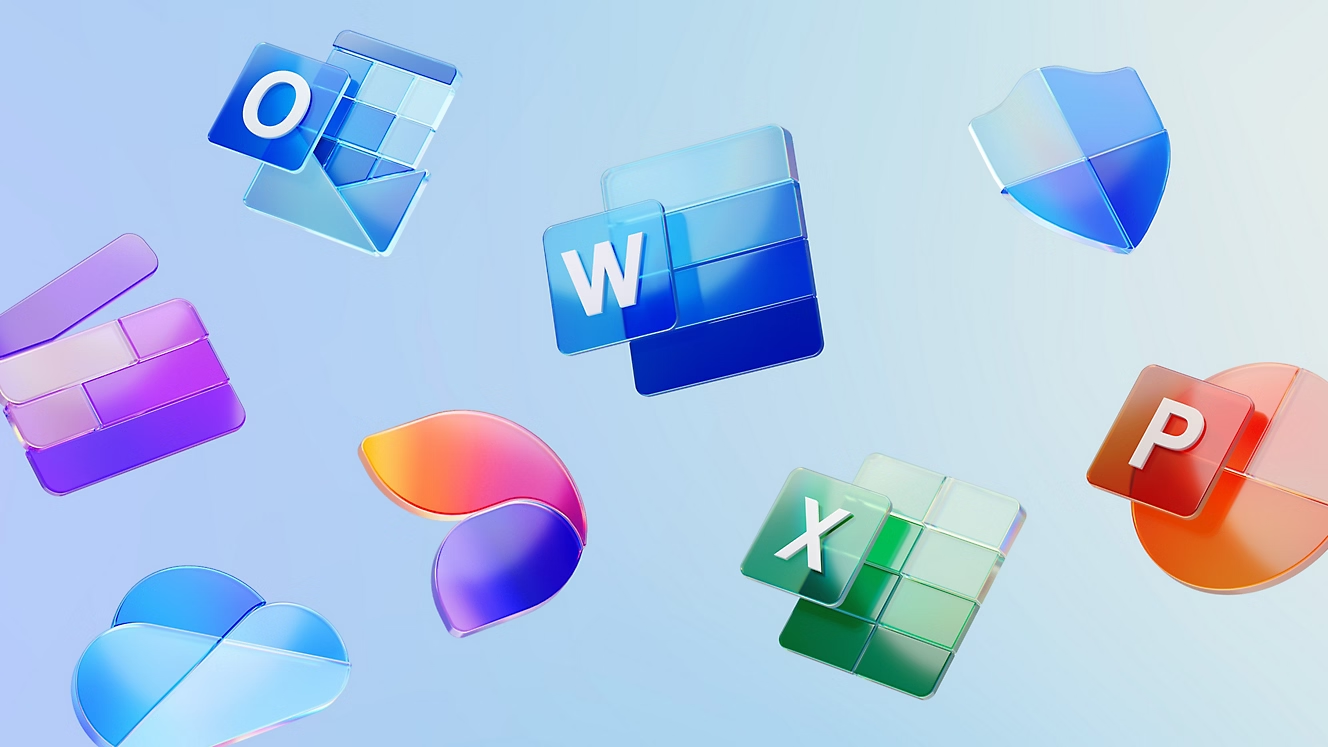Microsoft 365 Security Strategies for 2025

7 Critical Microsoft 365 Security Strategies Every Business Should Use in 2025
If your business relies on Microsoft 365, you’re not alone. With over 345 million users globally, it’s one of the most widely adopted productivity platforms in the world. But with popularity comes risk—cybercriminals know M365 is a goldmine for sensitive data. That’s why it’s essential to implement robust Microsoft 365 security strategies in 2025.
At NextGEN IT Solutions, we specialize in helping small and mid-sized businesses secure their Microsoft 365 environments with layered defenses and smart policies. In this guide, we’ll walk you through seven proven strategies that will keep your business protected this year and beyond.
Why Microsoft 365 Needs Extra Protection
Microsoft 365 offers powerful built-in security features—but they’re not always turned on by default, and they don’t cover every scenario. Ransomware, phishing attacks, and credential theft are on the rise. Even a single compromised email account can result in costly downtime or a data breach.
Relying on the default settings is no longer enough. These seven Microsoft 365 security strategies will help you take a proactive approach to defending your business.
Strategy #1 – Enable MFA Across All Accounts
Multi-Factor Authentication (MFA) is the single most effective way to prevent unauthorized access to your accounts. By requiring a second form of verification—like a mobile app or text message—you make it far more difficult for hackers to break in, even if they have a password.
✅ Use Microsoft Authenticator or conditional access policies to enforce MFA on all admin and user accounts.
✅ Avoid SMS where possible—app-based MFA is more secure.
Businesses without MFA are over 99% more likely to suffer an account compromise, according to Microsoft.
Strategy #2 – Use Microsoft Defender for Endpoint
Microsoft Defender is no longer the basic antivirus you may remember. The new Microsoft Defender for Business and Defender for Endpoint deliver enterprise-grade protection with:
- Real-time threat detection
- Automated investigation and response
- Integration with Microsoft 365 for seamless security
At NextGEN, we configure Defender policies tailored to your business size and risk level, ensuring your devices are always monitored and protected—even when employees work remotely.
Strategy #3 – Secure SharePoint and OneDrive Permissions
File sharing is a great productivity tool—but it’s also a major vulnerability if not configured correctly.
🔒 Audit your SharePoint and OneDrive sharing settings:
- Disable anonymous links by default
- Set expiration dates for external sharing
- Use sensitivity labels to classify confidential files
💡 Pro tip: Set up Data Loss Prevention (DLP) policies to automatically block or encrypt sensitive content like credit card numbers or health data.
Strategy #4 – Enable Advanced Threat Protection (ATP)
Microsoft 365’s Advanced Threat Protection (ATP) suite protects against sophisticated threats like:
- Phishing (fake emails that trick users)
- Malware attachments
- Spoofed domains
With features like Safe Links and Safe Attachments, ATP rewrites links in real-time and scans files before they’re downloaded.
This is essential for industries like healthcare, finance, or legal services where data breaches can lead to fines or lawsuits.
Strategy #5 – Configure Conditional Access Policies
Conditional Access gives you control over who can access what—and from where.
✅ Examples of smart policies:
- Only allow logins from U.S. IP addresses
- Block sign-ins from outdated devices
- Require MFA if a user logs in from a new location
At NextGEN IT Solutions, we help clients build layered access policies that adapt to their unique workforce and compliance needs.
Strategy #6 – Monitor Audit Logs and Alerts
If something goes wrong, you need a digital paper trail. Microsoft 365 offers audit logs and alerts that track activity across your environment.
Set up alerts for:
- Unusual admin activity
- Suspicious login attempts
- Mass file downloads or deletions
Audit logs are also crucial for HIPAA, GLBA, and NIST compliance—and can be integrated into a SIEM solution for advanced analysis.
Strategy #7 – Train Employees on Cloud Threats
Your team is your first line of defense—and your biggest risk. No matter how advanced your tools are, they won’t help if someone clicks the wrong link.
Invest in regular cybersecurity training that covers:
- Phishing and social engineering
- Safe file sharing practices
- How to report suspicious activity
We offer NextGEN clients access to simulated phishing campaigns and short, engaging training modules that keep security top of mind.
Bonus: Back Up Microsoft 365 Data (Yes, You Still Need To)
Many business owners assume Microsoft backs up their data automatically. While M365 has redundancy, it’s not a true backup.
To meet compliance standards and ensure recovery from accidental deletion or ransomware, you need a third-party Microsoft 365 backup solution.
We recommend automated daily backups of:
- Exchange Online (email)
- SharePoint and OneDrive
- Teams chat data
Final Thoughts: Microsoft 365 Is Powerful—But Only When Secured
Microsoft 365 gives your team flexibility, mobility, and productivity—but those benefits come with new responsibilities. The good news? With the right configuration, you can turn Microsoft 365 into a secure, resilient foundation for your business.
At NextGEN IT Solutions, we specialize in managing and securing Microsoft 365 environments for businesses in Pennsylvania and beyond. Whether you need help with configuration, compliance, or ongoing monitoring, we’ve got you covered.
👉 Ready to strengthen your Microsoft 365 security strategy?
Contact us today for a free consultation, or explore our blog for more expert tips.




